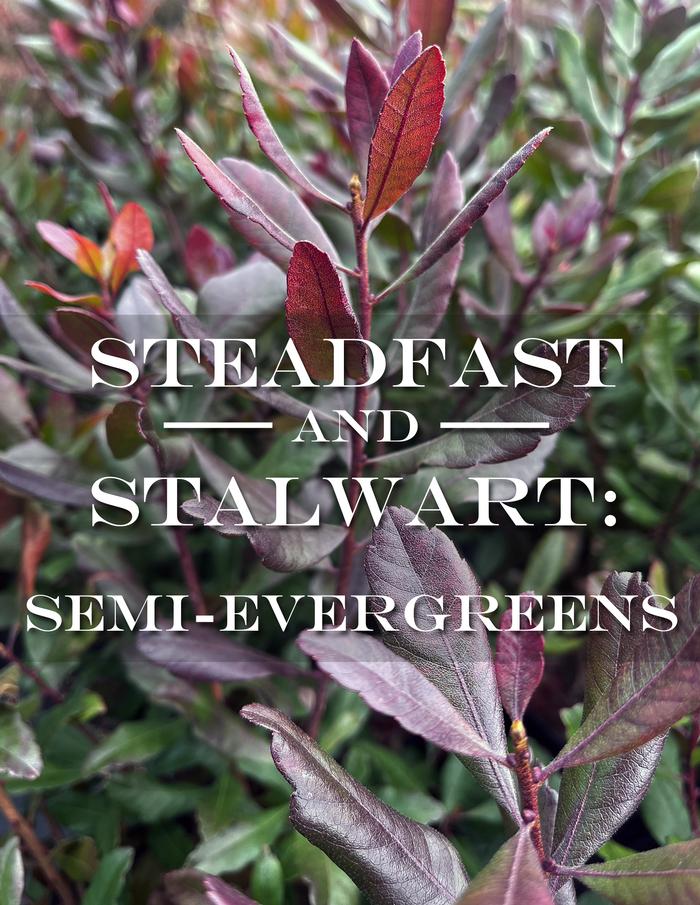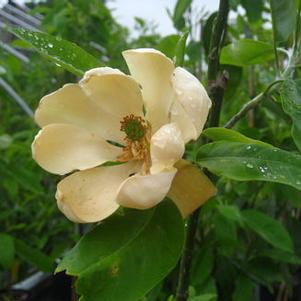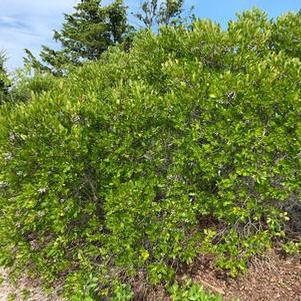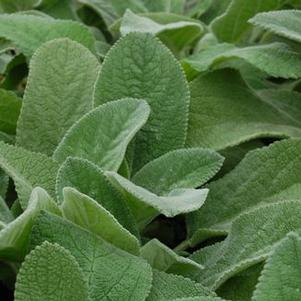Steadfast & Stalwart Semi-evergreens
Happy December! Wow, what a year it’s been! It’s hard to believe we’ve rotated through the seasons and we are once again at the cusp of an entirely new calendar cycle. Despite many of the festivities that we all have to look forward to this month, it’s right about the time of year where things start to look a little bleak and everything begins to turn inward. People are busy gathering tinsel, poinsettias and evergreen trees to decorate their homes. Obviously, evergreen conifers and even broadleaf plants like hollies have quite a presence this time of the year, and that’s not just because they smell and look nice.
Dating back to pre-Christian eras, holly was believed by pagans to have magical powers, and using it within the home was thought to bring protection from evil spirits attempting to enter the home, all-the-while bringing good luck to members of the household. But what about some of our lesser-celebrated, still-green friends? In our somewhat mild winter climates, we are gifted with semi-evergreen plants that, if the weather is just right, hold onto their foliage long after other trees, shrubs and perennials have already shed for the season. This week, we’re gonna explore some of the plants playing halvsies around the Nursery, starting with our ever-popular native shrub, Myrica pensylvanica. A favorite of native plant enthusiasts and birds alike, Myrica pensylvanica, known commonly as our Northern bayberry, is a medium-to-large semi-evergreen shrub that defoliates in cool winter climates, but tends to remain evergreen in mild ones. Bayberry is a notoriously versatile shrub, able to tolerate salt spray, as well as both drought and somewhat wet soils, and are particularly resistant to deer due to the strong aromatics of the fruits, leaves, and stems. This fragrance is known to be harvested from the fruits, which appear to be berries but are actually drupes, and are covered in a glaucous, waxy, grey-blue coating that can be melted down to be used in candles, wax melts, and soaps, earning it the other common name: candleberry. The drupes are enjoyed by birds throughout the fall and winter, following their appearance on the stems of female shrubs in the late summer. Currently, our Northern bayberries have taken on a bronzy, mahogany tone to some of their leaves, otherwise presenting some of their typical medium-green foliage as we head into winter.
Another one of our native ornamental woodies, Magnolia virginiana Moonglow® (‘Jim Wilson’) has been showing off a rather colorful display of its dark to bright green, chartreuse, and rust colored foliage. As with other Magnolia virginiana cultivars and selections, Moonglow® sweetbay magnolia produces abundant, fragrant, creamy white flowers from mid-to-late spring and occasionally into the summer. The lemony-scented flowers give way to interesting fruit clusters, called follicles, bearing individual, bright red fruits known for attracting birds and small mammals. Moonglow® sweetbay magnolia was chosen for its notable winter hardiness and ability to retain quite a bit of its foliage in the face of the cold. It naturally matures into an upright, multi-stemmed, vase-shaped form, but we also have it available as a standard tree form. A Moonglow® for everybody!
Typically when the word “semi-evergreen” comes to mind, many of us initially think of woody plants. Lest we forget our persistent perennial friends, however. Stachys byzantina ‘Helene von Stein’, also known as ‘Big Ears’, remains as soft, fluffy, and touchable as ever. Plants that are tactile and sensorily interesting tend to be far and few between during the winter months, but that isn’t to say that they’re incapable of existing in our climates. ‘Helene von Stein’ lamb’s ear remains evergreen in mild winter climates, continuing to push small new growth that happily collects water droplets in its tiny rosettes and on its leaf hairs to give the garden a sparkly, soft, whimsical feel. ‘Helene von Stein’ lamb’s ear are not only drought tolerant, but capable of handling harsh summer heat without melting – a plant that’s almost as full and fluffy throughout the height of the summer as it is during the dregs of winter! While lamb’s ear is known for their soft foliage that make you just want to lay down and take a nap while being caressed by gentle leaves, they’re actually more useful in terms of relieving stress than simply providing a pleasant sensation to the touch. Clinical studies have shown Stachys byzantina, among some other members of the Stachys genus, to be beneficial for scavenging free-radicals in the event of oxidative stress. Besides these antioxidant properties, lamb’s ear have also been shown to have anti-inflammatory, anti-spasmodic, vulnerary, and disinfectant properties (just to name a few). Stachys byzantina is popularly used in herbal teas throughout Europe for their delicate aroma and flavor - the stress-relief is just an added bonus. Maybe it’s time we get on board with some lamb’s ear tea here in the United States… or, if that’s not your style, might we suggest adding some lamb’s ear leaves to a salad, or sautéing them instead? (How To Grow and Use Wooly Lamb's Ear • New Life On A Homestead) Luckily, this particular type of lamb’s ear is known more for its foliage rather than its inflorescences, so you’ll have more to try and enjoy for yourself.
If you haven’t already, make sure to check out our Advanced Search (pleasantrunnursery.com/index.cfm/fuseaction/plants.search/index.htm) option on our website. From there, you can d03; the ▢ Semi-Evergreen (Pleasant Run Nursery) option and explore our vast semi-evergreen options on your own!
Bahadori, M. B., Maggi, F., Zengin, G., Asghari, B., & Eskandani, M. (2020). Essential oils of hedgenettles (stachys inflata, S. Lavandulifolia, and S. Byzantina) have antioxidant, anti-alzheimer, antidiabetic, and anti-obesity potential: A comparative study. Industrial Crops and Products, 145, 112089. https://doi.org/10.1016/j.indcrop.2020.112089
Carignan, C. (2023, March 6). Northern bayberry. Northern Bayberry | University of Maryland Extension. https://extension.umd.edu/resource/northern-bayberry
Dixie Sandborn, M. S. U. E. (2022, January 21). Holly: A Christmas tradition. MSU Extension. https://www.canr.msu.edu/news/holly_a_christmas_tradition
Kiefer Nursery. (n.d.). Magnolia Virginiana “Jim Wilson” Moonglow. Kiefer Nursery: Trees, Shrubs, Perennials. https://kiefernursery.com/product/magnolia-virginiana-jim-wilson-moonglow/
Missouri Botanical Garden. (n.d.). Magnolia virginiana “Jim Wilson” MOONGLOW. Magnolia Virginiana “Jim Wilson” Moonglow - Plant Finder. https://www.missouribotanicalgarden.org/PlantFinder/PlantFinderDetails.aspx?kempercode=c906
NC State Extension. (n.d.-a). Myrica pensylvanica. Myrica pensylvanica (Bayberry, Candleberry, Northern Bayberry, Swamp Candleberry) | North Carolina Extension Gardener Plant Toolbox. https://plants.ces.ncsu.edu/plants/myrica-pensylvanica/
NC State Extension. (n.d.-b). Stachys Byzantina. Stachys byzantina (Donkey’s Ears, Lamb’s Ear, Lamb’s-ears, Lamb’s wool, Wooly Betony) | North Carolina Extension Gardener Plant Toolbox. https://plants.ces.ncsu.edu/plants/stachys-byzantina/
North Creek Nurseries. (n.d.). Stachys “Helene von Stein.” Stachys “Helene Von Stein” lamb’s ears from North Creek Nurseries. https://www.northcreeknurseries.com/plantName/Stachys--Helene-Von-Stein
Ohio State University. (n.d.). Myrica pensylvanica - northern bayberry - Ohio State University. Plant Facts. https://plantfacts.osu.edu/pdf/0247-768.pdf
Sarikurkcu, C., Kocak, M., Uren, M., Calapoglu, M., & Sihoglu Tepe, A. (2016). Potential sources for the management global health problems and Oxidative Stress: Stachys Byzantina and S. iberica subsp. iberica var. densipilosa. European Journal of Integrative Medicine, 8(5), 631–637. https://doi.org/10.1016/j.eujim.2016.04.010
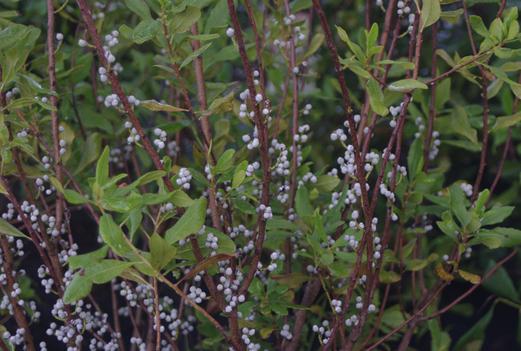
Myrica pensylvanica

